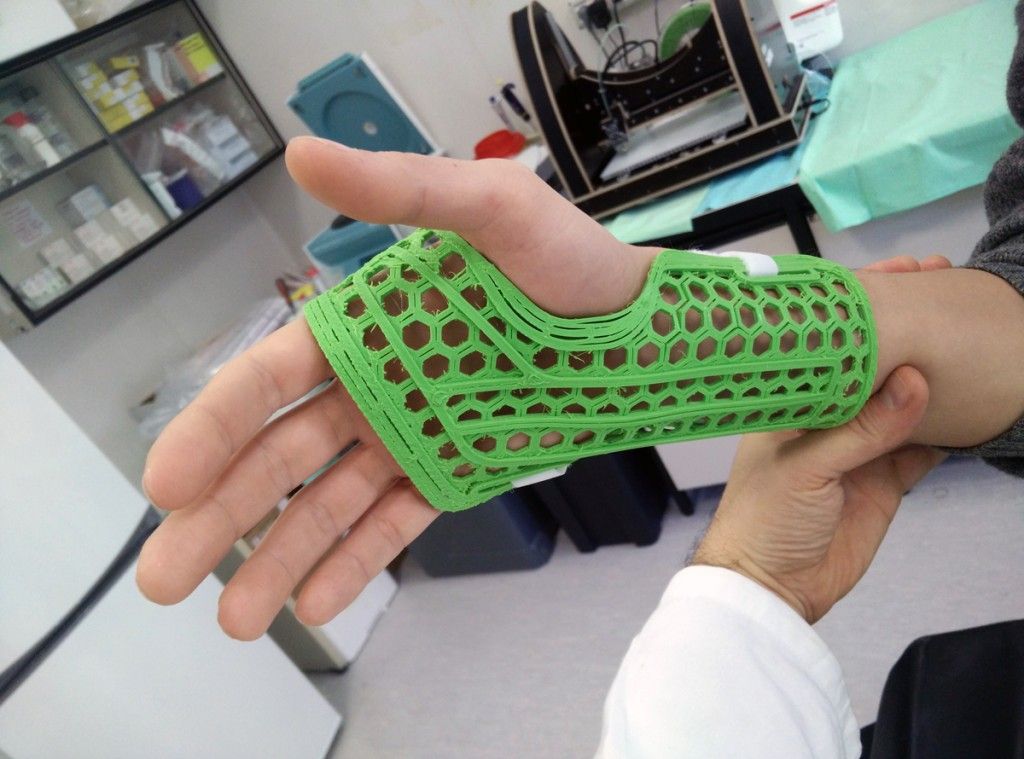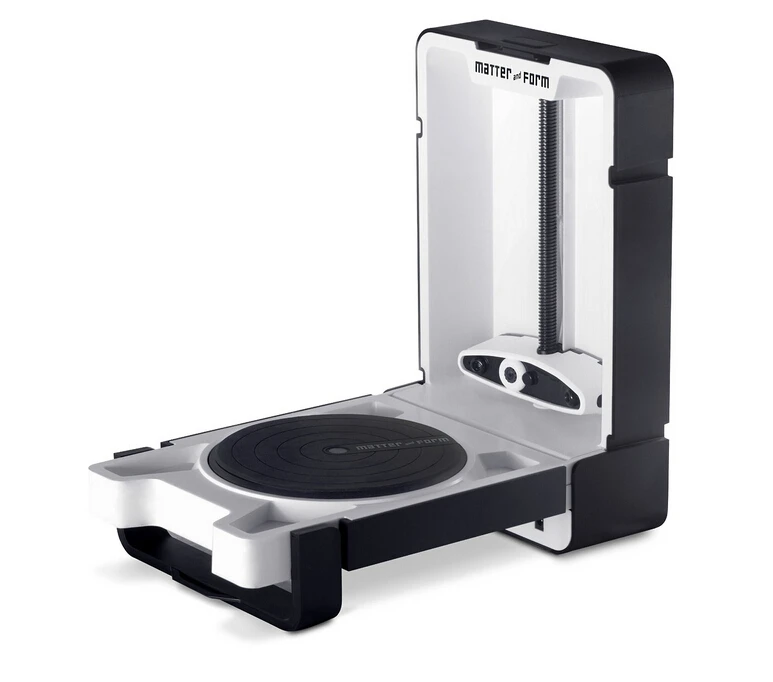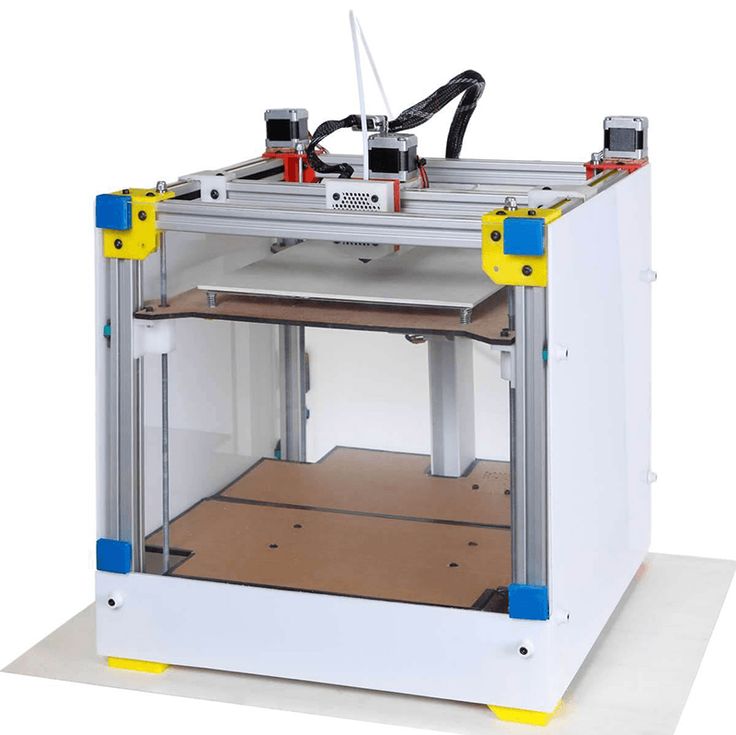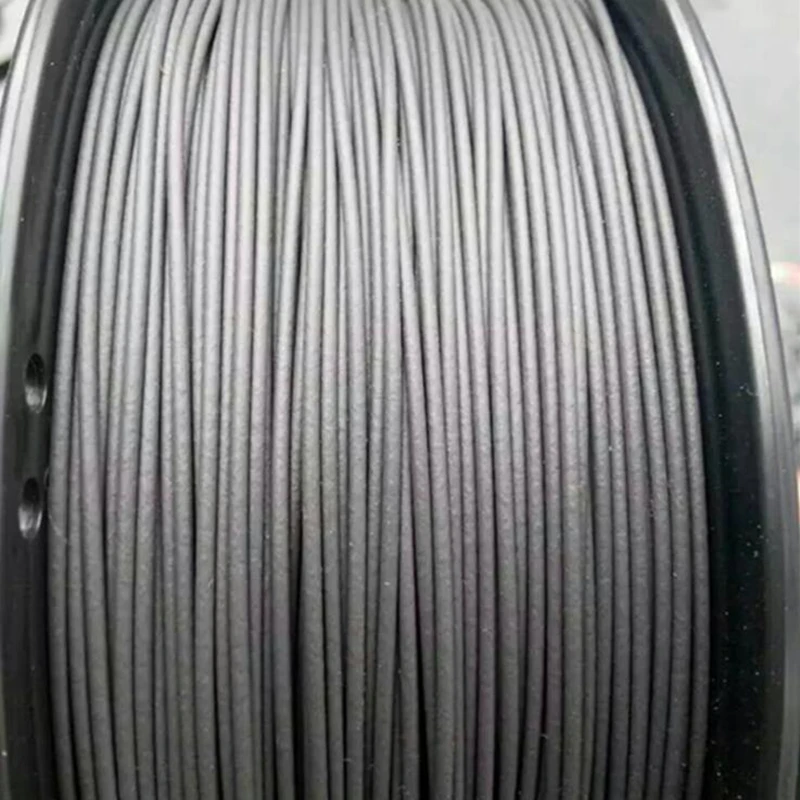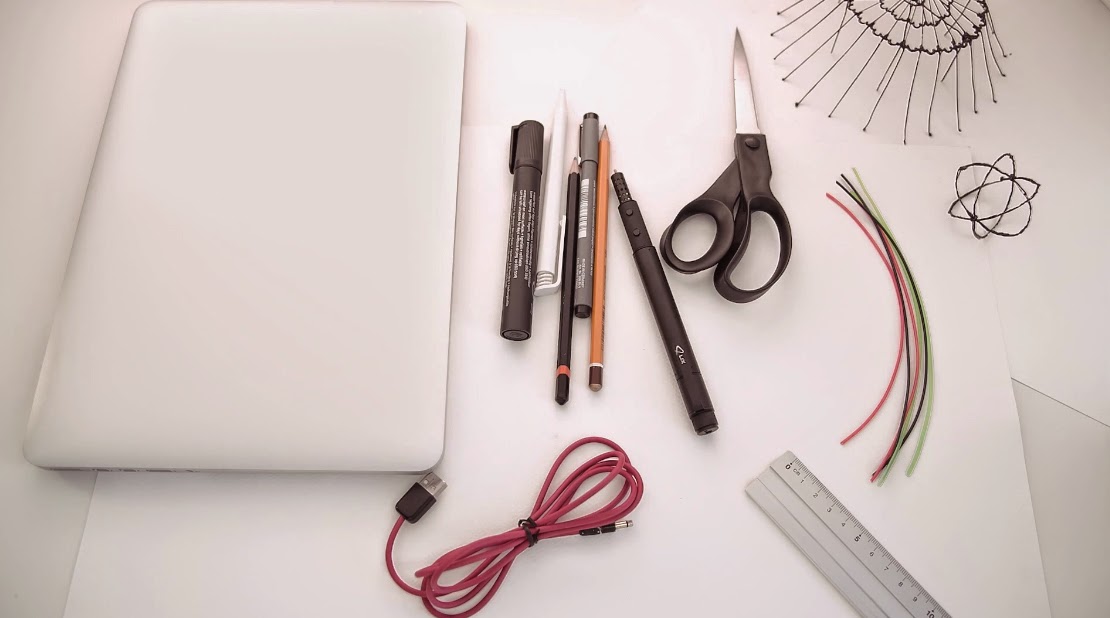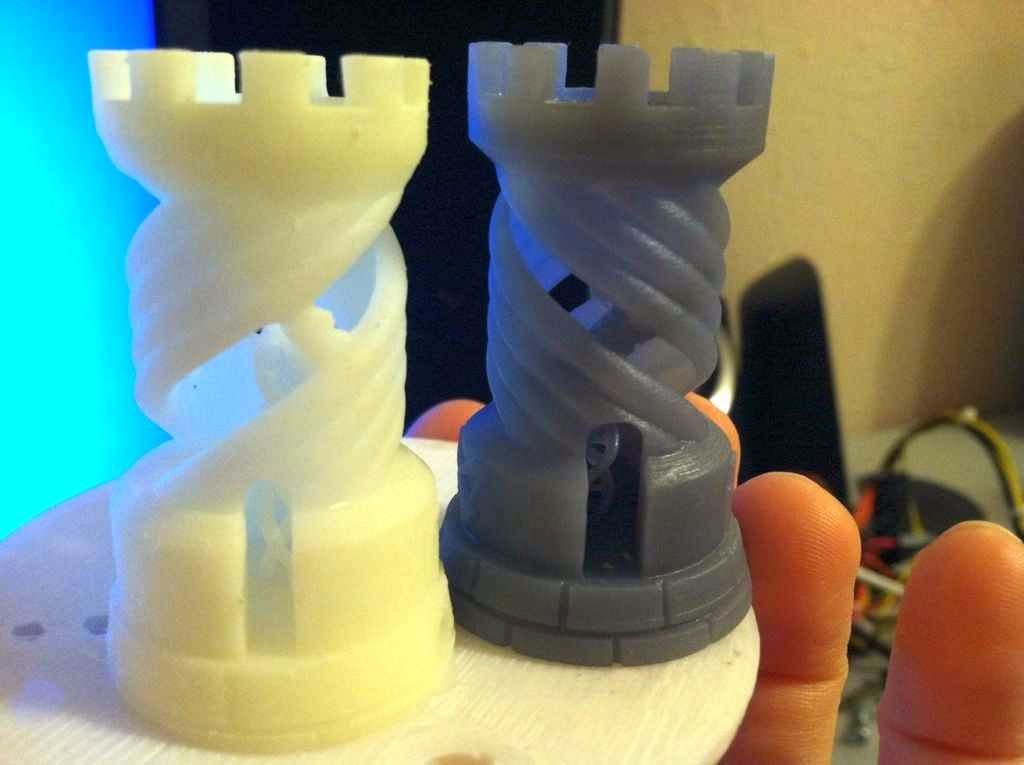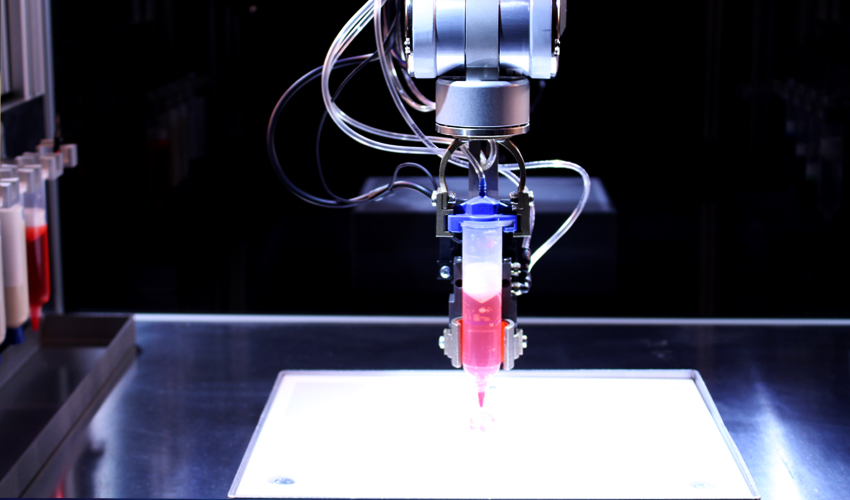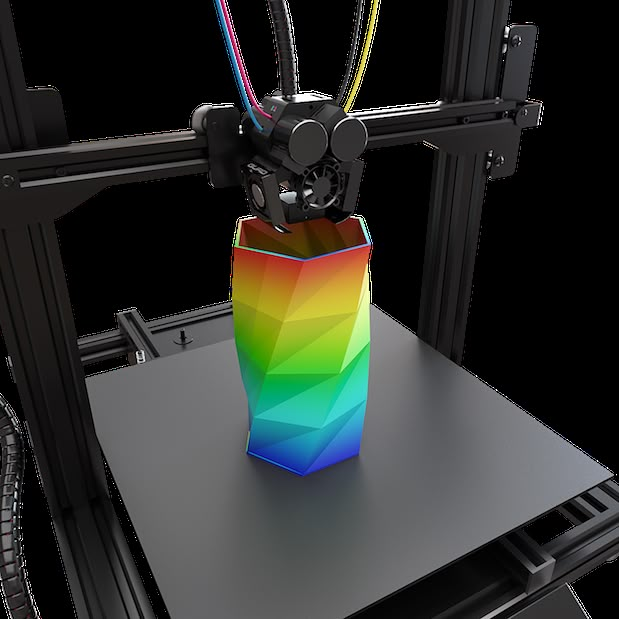3D printed orthopedic casts
Custom 3D-Printed Casts and Splints
You Have Casting Options!
When you have a broken bone, you can choose a custom fit, waterproof 3D printed cast for the remainder of your healing, just as soon as your fracture is stabilized and your swelling goes down.
Your Clinic Can Provide ActivArmor Today!
No equipment or inventory to buy. Get started now with our free iPhone app!
What is ActivArmor™?
ActivArmor is the only waterproof, breathable, sanitizable custom plastic cast in the U.S. consumer marketplace. It empowers patients with the freedom to be able to stay safe and maintain their active lifestyles.
No rubbing or slipping. Custom fabricated to within 1mm of your body map.
Clips are locked on like a cast or easily removable like a splint, per doctor’s orders.
Kids love the colorful options and comfort. It’s breathable and does not trap bacteria.
Shower, bathe or swim as you normally would. Easy to clean dirt, sweat and grime.
ActivArmor™ allows you to continue to be active while you are healing from your injuries, and can reduce downtime in your active lifestyle and/or training.
ActivArmor™ is covered by most insurance plans and is affordable or even free depending on your individual coverage.
ActivArmor™ is the only commercially available, 3D printed custom splint in the United States and is FDA listed.
Participate in daily activities such as bathing and showering; convenient for children or those with mobility problems.
No need for a 3D printer in the doc’s office. All you need is an Rx pad and you can prescribe from the comfort of your own desk.
Listed with FDA as a Class 1 splint, doctors love the patient outcomes and patients love the faster recovery. ISO-10993 certified for biocompatibility.
ActivArmor is designed and made in Pueblo, Colorado in a United States EDWOSB, and was developed by an American entrepreneur.
When you no longer have a need for your ActivArmor™ custom splint, rest assured you can recycle it and help keep our planet beautiful.
Doctors Love ActivArmor™
ActivArmor saves physicians time and increases clinic efficiencies by reducing cast removals, material inventory, recasting, and skin irritation complaints.
Custom RX Pad
Scan with your iphone in your office, or just write a script to have our certified staff fill your patient’s DME order.
Very Easy to Prescribe
it really is…
You can also become an ActivArmor partnering clinic
Learn More
Increase Traffic to Clinics
Your patients become walking billboards for your practice, marketing for you while they heal.
Zero Upfront Costs
Help more patients
Clinics are viewed as innovative, and are given the opportunity to provide patients with the latest in high tech healing options with no upfront equipment cost.
Learn More
Advanced Treatments
Provide your patients with the latest in high-tech immobilization, custom adapted for advanced healing technologies like ultrasound, bone and muscle stimulators and TENS units.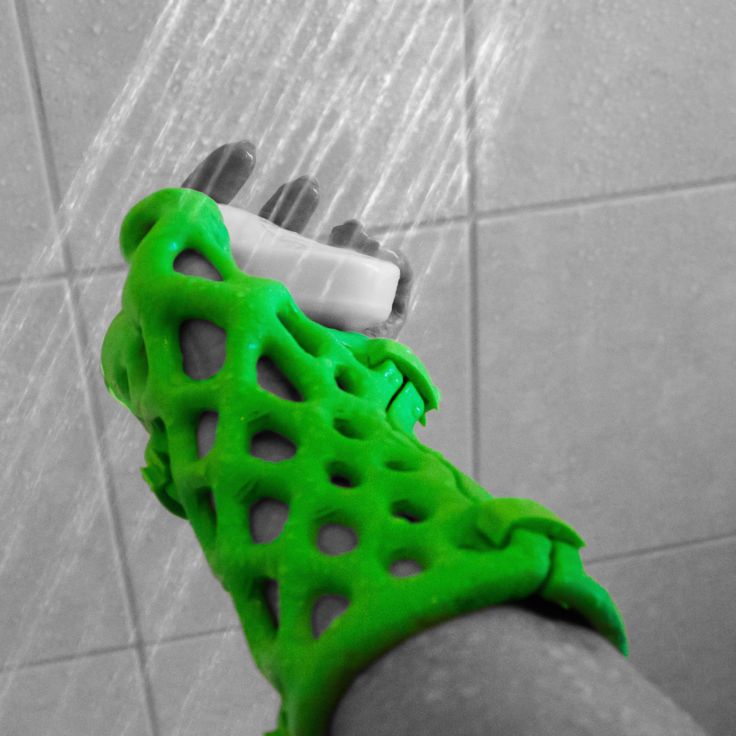
Advanced Treatments
Any doctor can do it
Because ActivArmor™ devices are custom designed and fabricated, physicians and patients now have an infinite number of unique design options.
Learn More
Improve Patient Satisfaction
Patients prefer ActivArmor™ over traditional casting and splinting options.
Patient Satisfaction
Patients can stay active
Referring physicians for ActivArmor™ have reported that their patients prefer it over traditional casting and splinting options.
Learn More
Actor
ActivArmor has changed my life! When I was diagnosed with severe never damage by my doctor and needed to be put into a cast, it really hurt me because I knew what they meant. My nerve damage is extensive and will take a year or more to heal, but I still wanted to work out, shower, wash. This is making my healing process so much more enjoyable and while I have a long road of healing ahead, I’m very happy with the cast I have, seeing what I can do with it! These should be all across America and replace fiberglass casts everywhere!
Pro Circuit Rider
"My brace has given me the freedom to do things I couldn't do with a standard cast while giving me the support I need to protect my wrist fracture.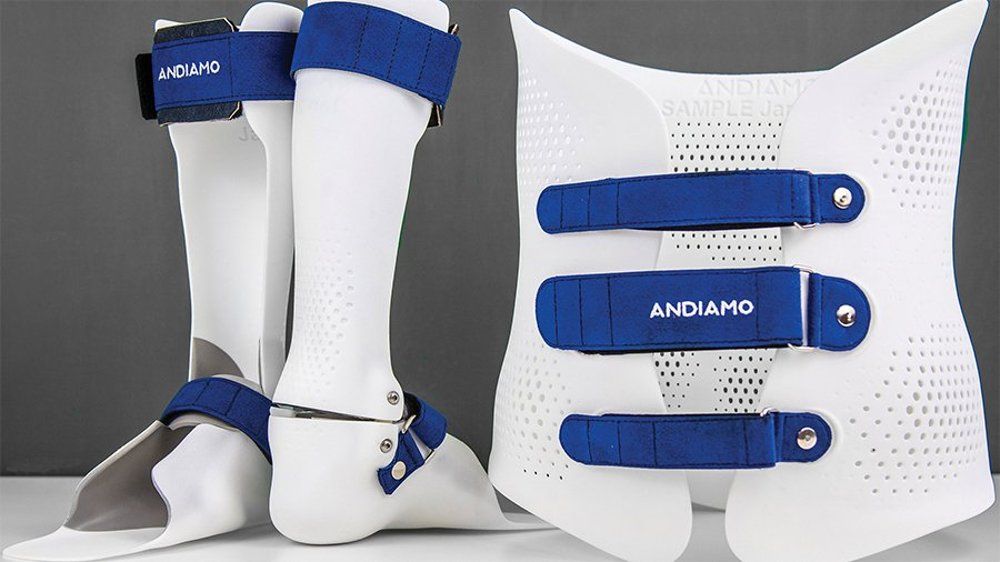 I love it and would recommend it to anyone with any problem requiring extra support!"
I love it and would recommend it to anyone with any problem requiring extra support!"
Mother
"My son, Robert, is a very active child: water skiing, climbing, baseball, swimming, you name it and as such he injured his arm the first week of summer vacation. Knowing his injury required a cast, we assumed Robert would miss out on all of the summer fun with his friends. He was going to have to wear a stinky itchy cast like his sister did before him. given that Robert had just been invited to a pool party, I asked the doctor if there were any options. When the doctor prescribed an ActivArmor™ cast we were thrilled! ActivArmor™ was the answer to what would've been a dreary summer otherwise. My son said it was very comfortable to wear. He loved being able to shower with the cast on. No smell, no discomfort, and no irritated/itchy skin."
Patient
"Out and about with my ActivArmor™ cast... I have sent more people to your site than you can believe. Everyone asks about it and I love telling your story.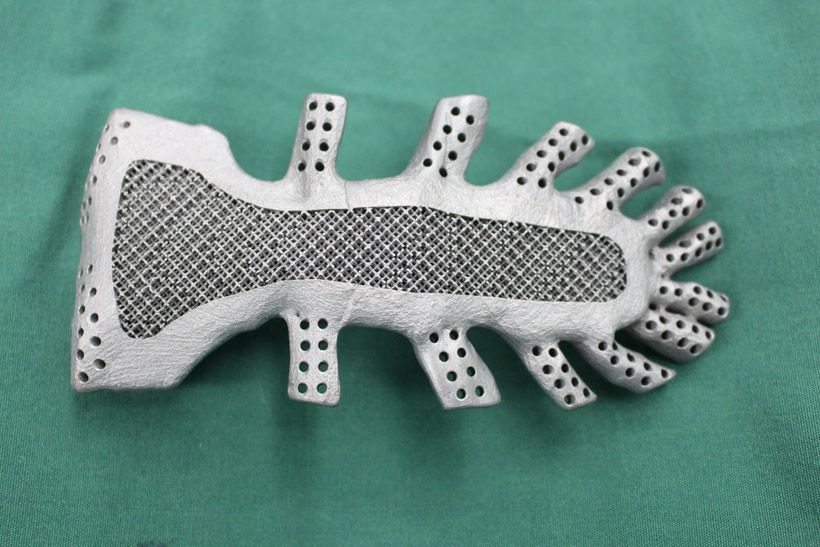 Thank you for giving me back my summer. I have been boating, swimming everyday, paddleboarding, kayaking, and rafting since I got my cast. I am able to shower, and unfortunately do dishes. I can wash my dogs, and hose down my hogs. If when I am throwing hay, it shakes out of the cast. It is not smelly either. My baby Toy Chihuahua loves to chew on it. I just wish I had more than one color to coordinate with my clothes. But I am always answering questions about it and sending people to your site."
Thank you for giving me back my summer. I have been boating, swimming everyday, paddleboarding, kayaking, and rafting since I got my cast. I am able to shower, and unfortunately do dishes. I can wash my dogs, and hose down my hogs. If when I am throwing hay, it shakes out of the cast. It is not smelly either. My baby Toy Chihuahua loves to chew on it. I just wish I had more than one color to coordinate with my clothes. But I am always answering questions about it and sending people to your site."
MD
"The ActivArmor™ brace is the next generation of patient immobilization. Custom fit, 3D printed, waterproof, and breathable! All of the previous problems of inability to shower, swim or workout, itching, hygiene, and incision exposure are solved. Patients will love the comfort and convenience of going back to a more normal life!"
19
"After breaking my wrist and having to have surgery, I thought I wouldn't be able work as a lifeguard this summer. But thanks to ActivArmor™, I'm able to be in a cast to heal my wrist and still be able to lifeguard and get in the water whenever, and however many times needed!"
Ironman World Championships Competitor
"Literally couldn't do it without you!!!"
Product Info and Technical Blogs
ActivArmor for Diabetic/Charcot Foot
May 3, 2022
How much does ActivArmor Cost?
November 10, 2021
How to scan with the iPhone App
September 2, 2021
How To Do Fittings and Adjustments
May 20, 2021
But what about that turnaround time??
January 27, 2021
ActivArmor is Adjustable for Swelling
January 27, 2021
Casting Option Comparison
March 11, 2020
ActivArmor Improves Clinical Staff Efficiency and Patient Throughput
February 19, 2020
Observation of Skin While Immobilized Can Catch Infections Earlier
November 9, 2019
“We get fewer complaints, replacements and adjustments”
October 18, 2019
3D Printing In Your Clinic
July 27, 2019
ActivArmor Saves Patients AND Clinics Time and Money
January 27, 2019
ActivArmor and Edema (Swelling)
January 27, 2019
ActivArmor: customized protection and exposure of wounds, incisions and post-surgical hardware for observation and treatment
January 27, 2019
Prescriber Testimonial – We use ActivArmor for 70% of our casting and splinting
January 27, 2019
ActivArmor – Safe and Skin Friendly
January 27, 2019
ActivArmor – A Strong Competitive Advantage for Providing Clinics
January 27, 2019
ActivArmor Improves Clinical Staff Efficiency and Patient Throughput
January 27, 2019
ActivArmor Clinical Flow Process
January 27, 2019
ActivArmor Casting/Splinting Use Cases
January 27, 2019
ActivArmor Transitions from Cast to Splint Through Healing Phases
January 27, 2019
Pediatric Compliance: Will my child be able to take it off?
January 24, 2019
Get Custom Logos on your ActivArmor!
December 13, 2018
ActivArmor Supports Improved Patient Compliance
August 11, 2018
ActivArmor and Carpal Tunnel Syndrome
August 11, 2018
ActivArmor – A Welcome Alternative For Pediatrics
August 11, 2018
Some Patients Choosing Surgery over a Cast
August 11, 2018
ActivArmor Benefits Geriatric Patients
August 11, 2018
ActivArmor Gets Worker’s Comp Patients Back to Work!
August 11, 2018
ActivArmor for Athletes
May 24, 2018
ActivArmor – The Solution for Cast Claustrophobia
May 23, 2018
How Does ActivArmor Compare to Off-the-Shelf Splints?
May 20, 2018
Athletes Love ActivArmor!
May 17, 2018
ActivArmor In Action
May 11, 2018
Casting and Splinting for Patients with Diabetes
March 17, 2018
ActivArmor: Designed for use with Advanced Healing Technologies
March 3, 2018
Casting: Leaving Physicians in the Dark
February 20, 2018
ActivArmor – A digital solution in an analog market
February 17, 2018
Custom Care through 3D Printing
February 17, 2018
Process of making orthopedic insoles using the Raise3D printer
3D printing is a versatile form of additive manufacturing that is gaining popularity in a variety of fields.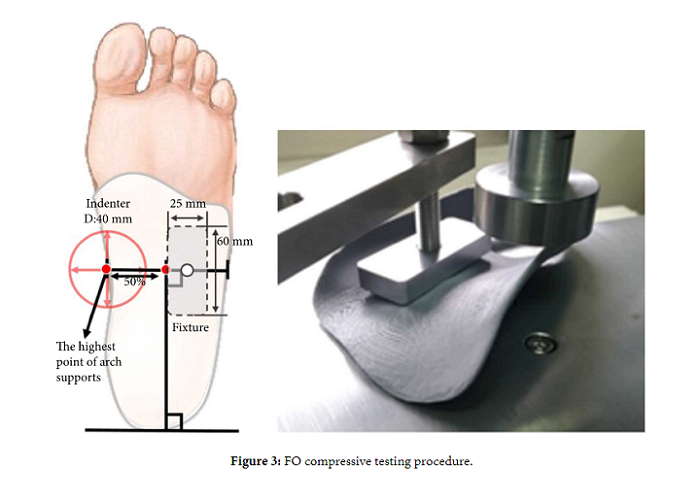 Currently, it is increasingly being used in plastic surgery and in the creation of orthopedic medical products and equipment. 3D printing has come to be used to improve medical devices due to the production stability and time efficiency it provides. An example of such an application can be seen in the collaboration between the Italian company CREA3D and the orthopedist Dr. Valenti. They are successfully combining 3D printing with other digital technologies to produce customized insoles and other custom-designed orthotics, thus enhancing the effectiveness of assistive care.
Currently, it is increasingly being used in plastic surgery and in the creation of orthopedic medical products and equipment. 3D printing has come to be used to improve medical devices due to the production stability and time efficiency it provides. An example of such an application can be seen in the collaboration between the Italian company CREA3D and the orthopedist Dr. Valenti. They are successfully combining 3D printing with other digital technologies to produce customized insoles and other custom-designed orthotics, thus enhancing the effectiveness of assistive care.
Dr. Mirko Valenti used 3D printing technology to treat clinical cases of tibialis posterior tenosynovitis with conservative corrective therapy. The introduction of technology into the treatment process was both innovative and highly effective. Valenti purchased a Raise3D E2 3D printer equipped with IDEX technology (independent dual extruder) for his office. The Raise3D E2 is ideal for printing a pair of orthopedic insoles at the same time.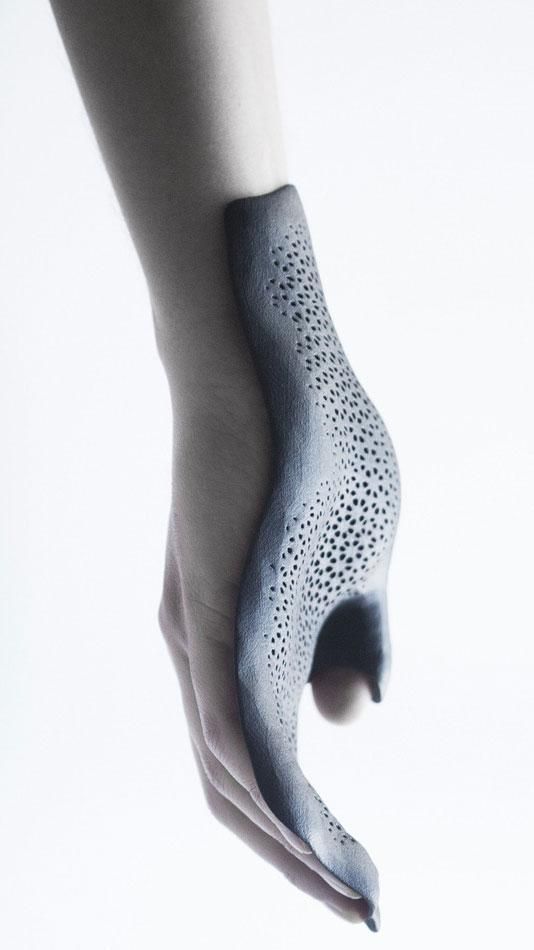
Individual orthopedic insoles
Traditional manufacturing of insoles before 3D printing
Each pair of orthopedic insoles is individual for a particular patient, because everyone has their own needs. The strength properties of the various parts of the insoles must be adjusted according to individual characteristics.
This proved to be a problem for the traditional manufacturing process. The traditional process requires using a CNC machine to mill a piece of material into the desired shape. To ensure the accuracy of the anatomical region in the insole, a high-precision CNC machine and high labor costs are required. This is a laborious and complex process. The production process creates a lot of garbage and dust, pollutes the working environment, endangers the health of workers.
Manufacture of insoles after the advent of 3D printing
Abandoning traditional CAD-CAM machines, Dr. Mirko Valenti began to print orthopedic insoles with PP plastic thread.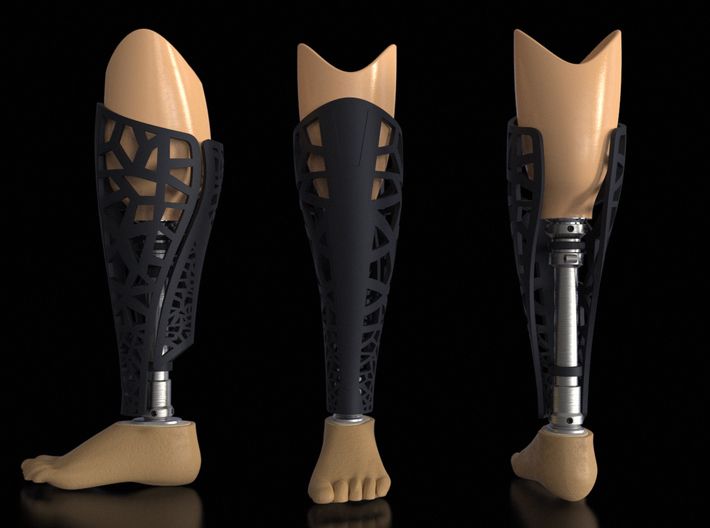 Due to the durability and strength of the material, excellent support for the patient's foot is provided. Printing a pair of orthopedic insoles with PP thread is a simple process.
Due to the durability and strength of the material, excellent support for the patient's foot is provided. Printing a pair of orthopedic insoles with PP thread is a simple process.
First, the doctor scans the patient's leg. He then uses a CAD program to make a model of an orthopedic insole with compensating supports for the affected areas, thereby ensuring that the arch of the foot is supported and the heel is stable. Valenti then loads the model file into ideaMaker 3D print preparation software to optimize technical properties such as shape change and infill percentage of the model. For example, honeycomb infill can make the structure rigid. The filling allows different results in terms of deformability and softness of the orthosis. Then the doctor uploads the model file to the E2 3D printer, which prints out a pair of insoles at the same time. Finally, Dr. Valenti wraps the sole with EVA or other special materials suitable for skin contact.
The entire manufacturing process, including scanning, design and production, takes less than 24 hours.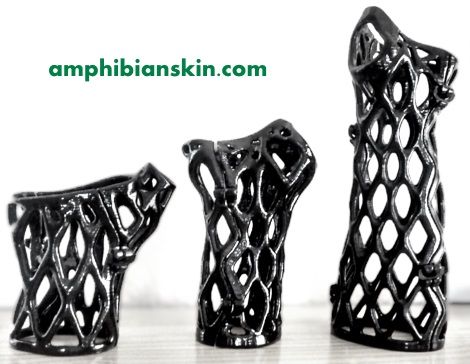
Benefits of 3D oven orthopedic insoles;
3D printing simplifies the traditional process and shortens the production cycle, as well as the time it takes for the customer to receive the product. A 3D printed model can be produced in a single process without the use of any other additional machines and tools. Printing a pair of orthopedic insoles on the Raise3D E2 printer takes only 2-3 hours, and the whole process is done automatically without the need for manual control. Making insoles without 3D printing requires a lot of hand tools, a lot of time to get an accurate model according to the anatomical features. 3D printing makes it possible to successfully carry out individual orthopedic treatment.
3D printing is an efficient manufacturing process
3D printing is a more efficient process for producing insoles. Users can design models and mass-produce them at the same time. With 3D printing, there is no need for multiple design, verification, and modification processes.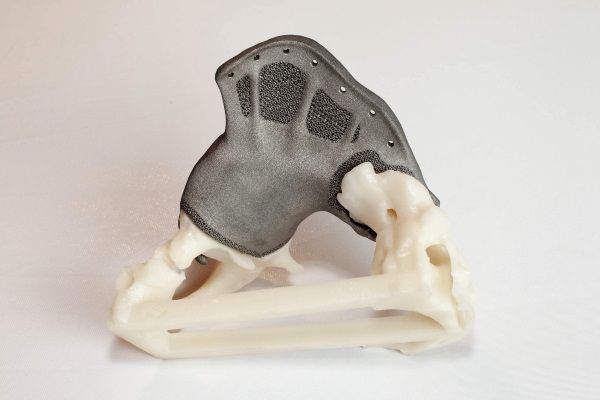 3D printing makes it possible to produce small batches on demand. The model is available immediately.
3D printing makes it possible to produce small batches on demand. The model is available immediately.
Enclosed 3D printers provide a greener working environment
Enclosed 3D printers like the Raise3D filter out any fumes that are released when the material is heated during 3D printing. This reduces the need for large workshops or separate production rooms. As a result, 3D printing provides a cleaner and healthier environment. You can perform mass production right in the office.
Correct software for 3D printing
Dr. Valenti chose polypropylene as the material for the 3D printing to provide support and flexibility for various insoles. Each kind of polymer needs different settings. The right software can greatly simplify the job of customizing settings.
For example, ideaMaker is a file-to-print software that has many built-in preset templates for various polymers (including polypropylene).
The main advantage is that users can adjust internal structure parameters such as infill density, infill angle, and others to control strength properties.
Adjust the model properties in ideaMaker to prepare the model for printing.
Raise3D provides a complete process for the production of orthopedic insoles
Dr. Valenti chose the Raise3D E2 desktop 3D printer for the production of orthopedic insoles. As a medium-sized professional desktop printer, the E2 meets all print quality requirements. At the same time, E2 is suitable for home and small studios. IDEX E2 technology allows users to print a pair of orthopedic insoles at once, maximizing production efficiency. In addition, during the manufacturing process, Dr. Valenti uses ideaMaker 3D printing file preparation software to reinforce the internal structure of the insole. ideaMaker has parameter settings and various templates, allows you to customize and change the technical properties of the insole. The E2 desktop 3D printer supports a variety of plastics, including polypropylene. Users can learn about polymer characteristics and download related files.
3D printing will benefit more medical fields
3D printing provides better customization, precision, aesthetic appearance and lightweight structure. It also significantly reduces the manufacturing process and lead times and fabrication. Dr. Mirko Valenti used 3D printing in the manufacture of plantar orthoses. He used Raise3D printers and software for a full production cycle and achieved high efficiency thanks to the Raise3D ecosystem.
The material is provided by the Italian distributor of Raise3D - Crea3D.
How to 3D print economical and customized insoles?
Orthopedic insoles appeared after the Second World War as a means of treating biomechanical diseases of the lower extremities. Orthotic insoles have become a popular treatment option due to their easy availability and wide range of uses. For example, about 9.4% of the American population, or 30.3 million Americans, currently have diabetes. More than 70% of Americans suffer from overpronation.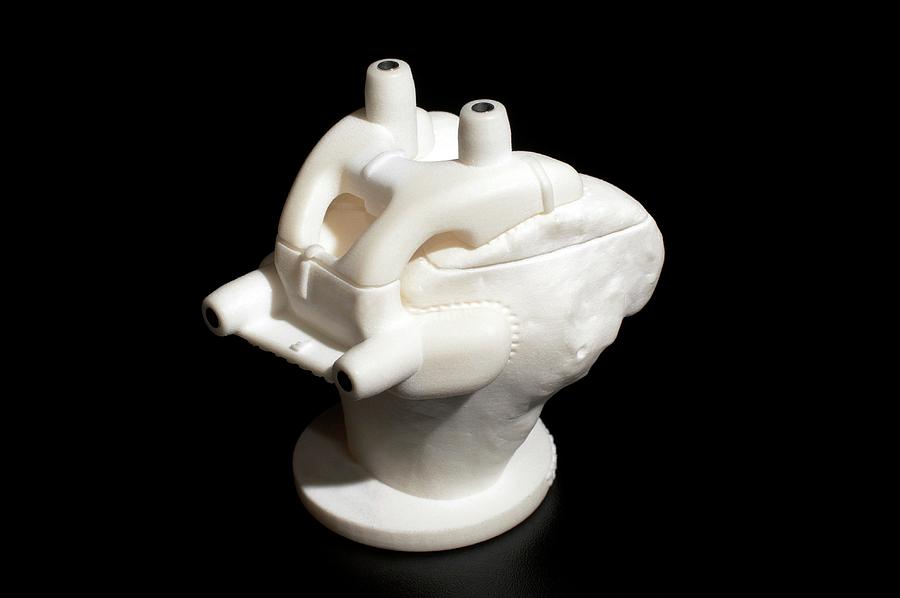 Many who suffer from these diseases need orthopedic insoles.
Many who suffer from these diseases need orthopedic insoles.
For over 70 years, the manufacturing process of orthopedic insoles has relied heavily on manual labor and CNC machining. This heavy reliance on both methods led to high costs and significant production times, as well as a constant risk of deviation in production accuracy. With the advent of 3D printing, the manufacturing process has changed a lot.
Raise3D Collaboration with Teaching Hospital and “3D Printing Clinic”
Raise3D is working with an innovative clinical hospital to bring FFF 3D printing to the production of orthopedic insoles. The hospital already had an idea of the decade-long success of 3D printing and had high demands on any insoles made using this method. As a result, it was decided to introduce 3D printing in combination with other digital technologies in the manufacturing process.
A “3D printing clinic” has been set up at the hospital, which operates with additional technical support from the university's biomechanical laboratory.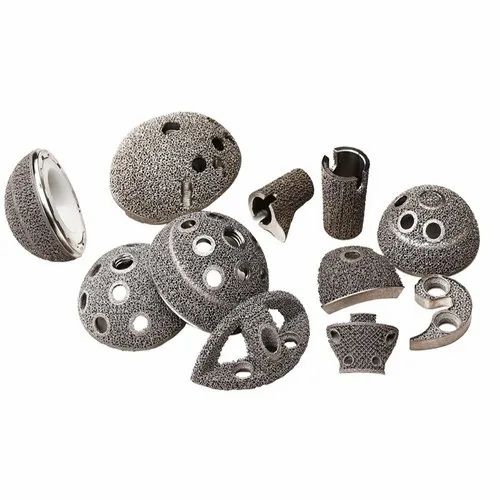 This technical support allows you to use the latest analysis, scanning and design technologies.
This technical support allows you to use the latest analysis, scanning and design technologies.
Insoles printed on the Raise3D E2 desktop 3D printer with ideaMaker 3D cutting software retain their high performance. Moreover, the method is cost-effective.
The hospital was satisfied with the efficiency of the process and high productivity. It was decided to use Raise3D products and the company's technical support. The Raise3D orthopedic insoles solution includes a 3D printer, model cutting software, a cutting template and plastic.
The hospital focuses on diagnosing and designing insoles, as well as improving the 3D printing process in-house. During this time, Raise3D provides technical support and advice. Raise3D helps optimize print settings and teaches you how to operate the equipment. The user-friendly interface of Raise3D hardware and software ensures that medical staff can easily operate and schedule the 3D printer, thus saving time and labor.
Through a combination of 3D printing and a digital manufacturing process, the clinic hosts a complete insole manufacturing process in-house.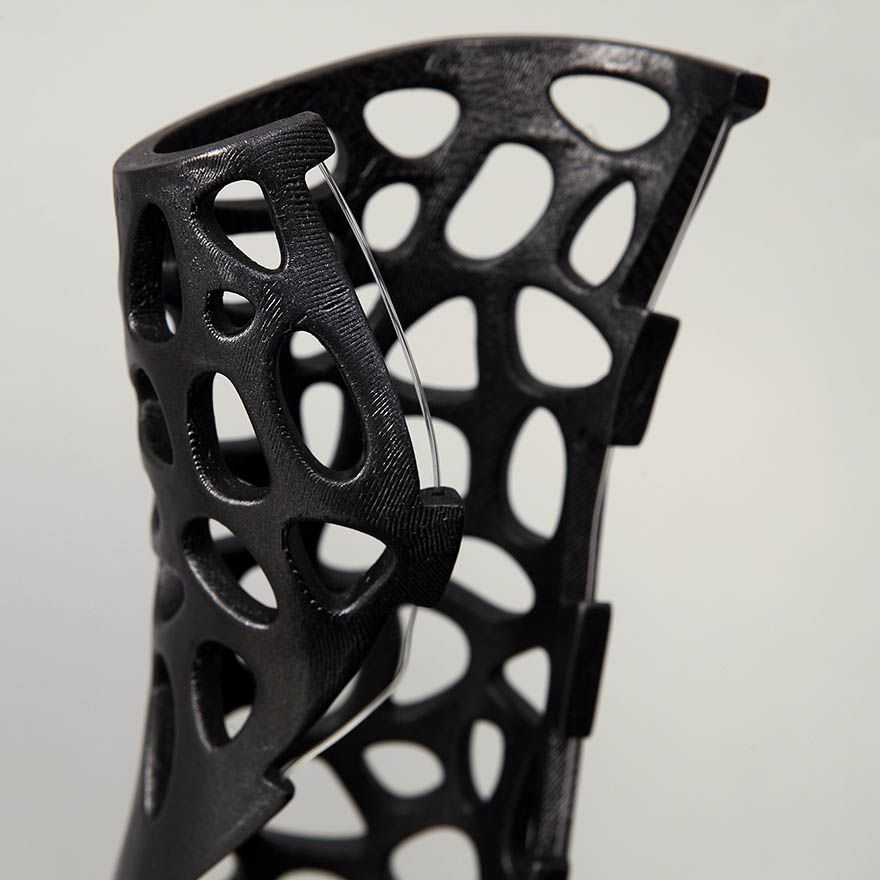 Every month, patients from all over the country come to the clinic, and their number continues to grow.
Every month, patients from all over the country come to the clinic, and their number continues to grow.
Manufacture of orthopedic insoles before 3D printing
The traditional process for custom-made orthopedic insoles is complex because each pair of insoles is unique. The insoles must have different mechanical properties in different parts of the sole to help correct a person's posture. For example, a person with uneven arches and overpronation will need different arch support for each foot. The traditional method usually involves forming and stacking different sheets of material on top of each other. Each leaf is shaped, assembled and polished. Even when using CNC machines, this process requires a lot of manual labor.
3D printed insoles
Because all it takes to 3D print is a workbench, computer software, and a 3D printer, the clinic can do the entire process in-house. The only thing medical staff need to know is a few relevant settings that can be configured with a few clicks.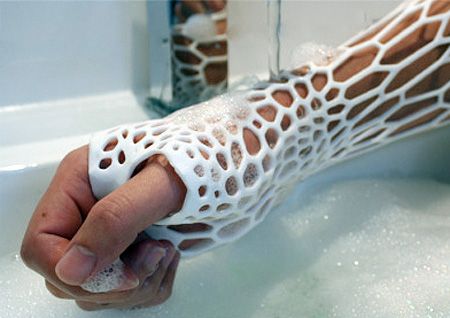
Raise3D's E2 desktop 3D printer prints one pair of insoles completely in about 2 hours with no additional labor required. With additional support for RaiseCloud, Raise3D's cloud-based 3D printing management software, hospital operators can remotely monitor print progress in real time. Because RaiseCloud is a cloud-based platform, it can always be accessed over the Internet, greatly increasing the efficiency and flexibility of print management.
Productivity and cost of producing insoles on a 3D printer
3D printed insoles have better performance than conventionally made insoles. For example, 3D printed custom insoles have an open structure, making the insole lightweight and breathable. Another benefit is that 3D printed insoles have a more precise and flexible stiffness distribution on the inside. This is very important for effective treatment. Raise3D 3D printed insoles use TPU material, which has better mechanical properties, namely durability and strength, especially when compared to traditionally made insoles. The patient will feel constant support throughout the entire time the 3D printed insole is worn.
High performance 3D printed insoles are also cost effective to manufacture, especially when compared to the cost of producing conventional insoles. This is because the cost structure of 3D printing is different from traditional manufacturing. For example, by adopting 3D printing, a hospital can reduce the need for various types of equipment and tools. This saves on asset costs and workspace costs. It also reduces labor and material costs.
Rehabilitation with 3D printing
3D printing is changing personalized rehabilitation by being cost effective, reducing waste and improving patient comfort. In addition to insoles, other 3D printed medical products are already being used, including prostheses and orthoses. Through the combined efforts of Raise3D and healthcare professionals, other areas of medicine can also benefit greatly from 3D printing.